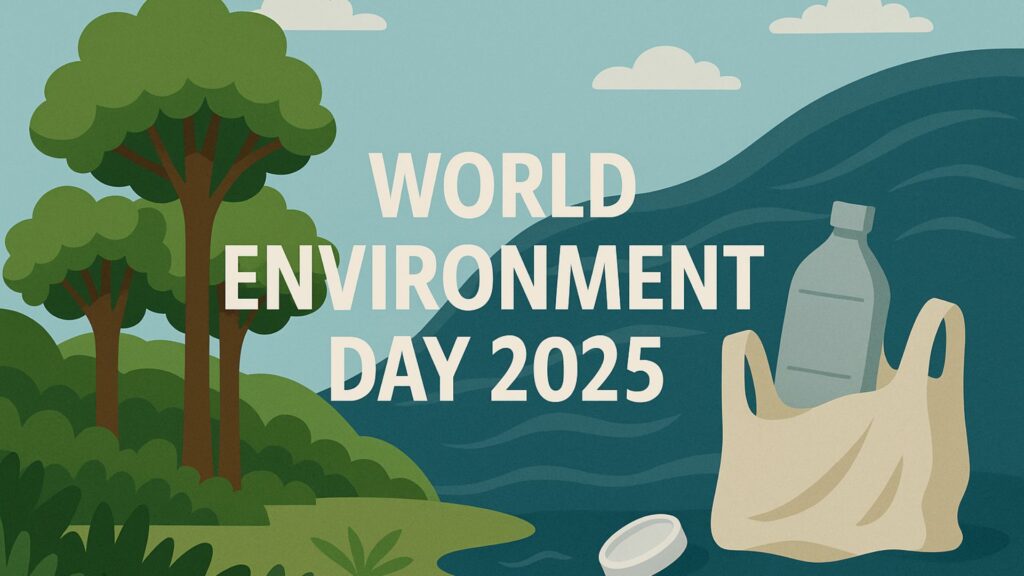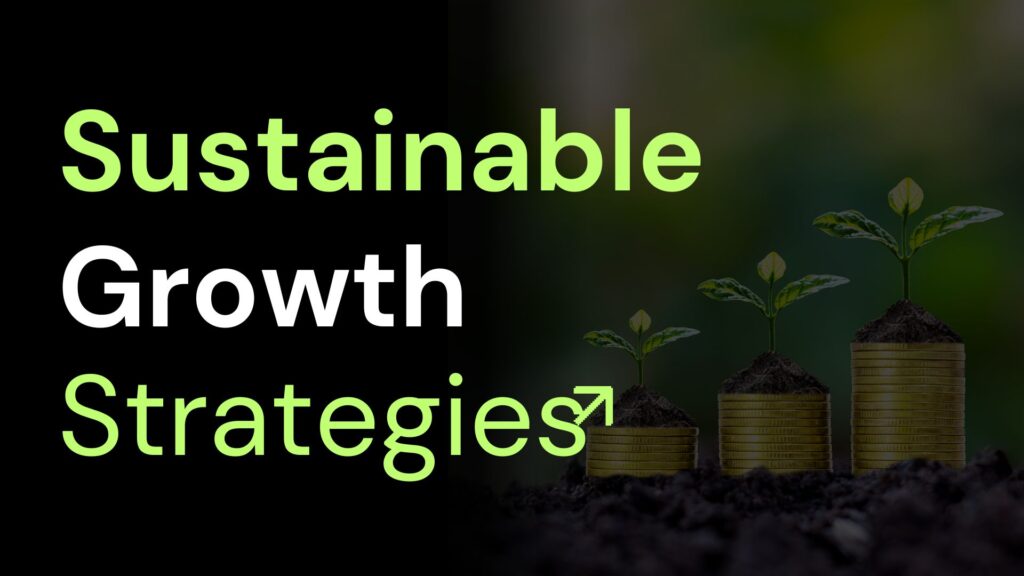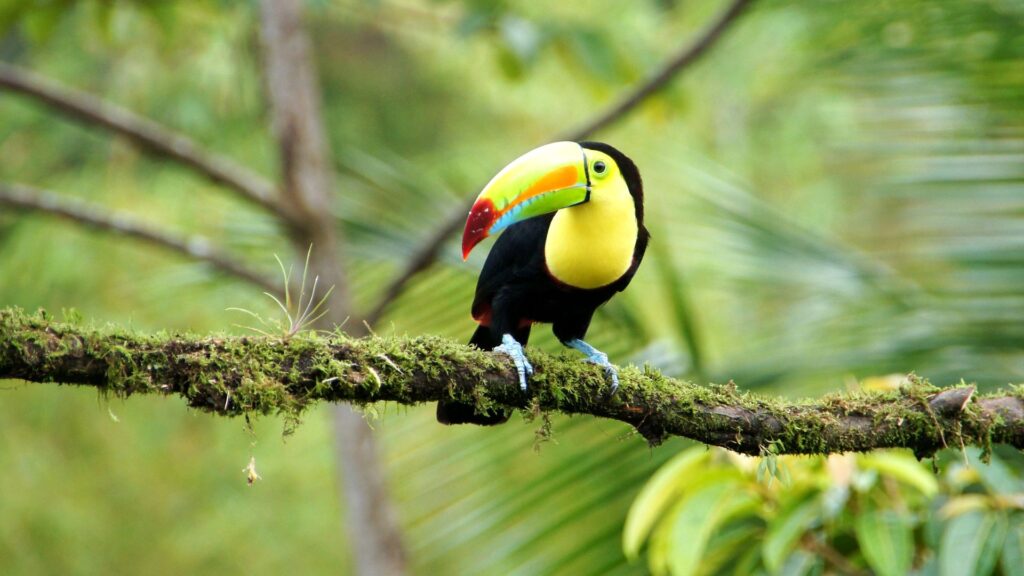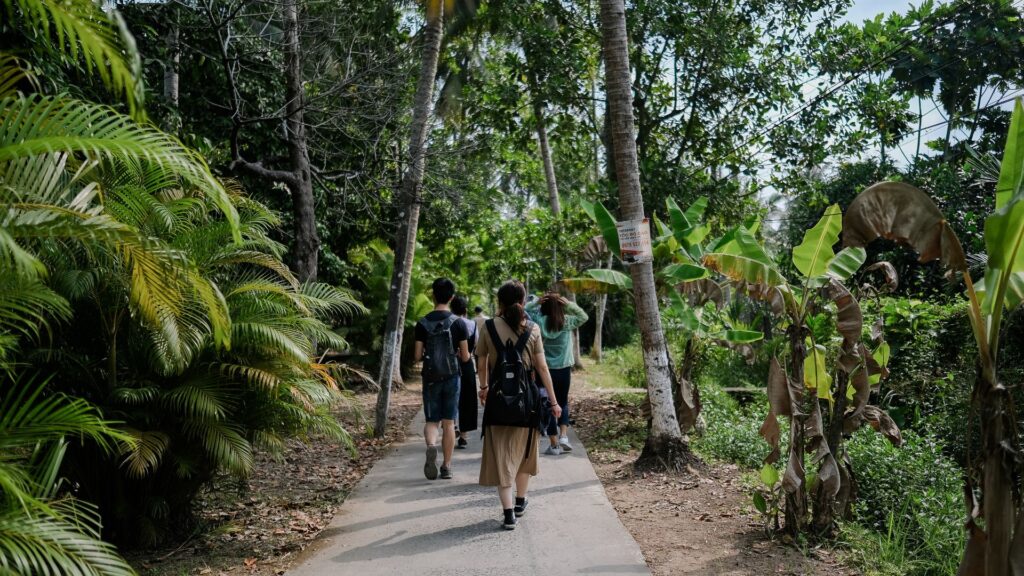Climate & Nature Positive Peru: How Amazon Communities Are Leading a Global Transformation
Peru is becoming one of Latin America’s most inspiring examples of Climate & Nature Positive action—and the world is taking notice.In the Amazon region of Madre de Dios, a quiet but powerful transformation is underway: families, community organizations and responsible companies are proving that forest protection, economic opportunity and climate resilience can work hand in hand. At the center of this movement are two critical initiatives: Bosques Amazónicos (BAM) and the REDD+ Castañeros project, both of which support forest-dependent communities while strengthening conservation outcomes across the region. Recently, the Green Initiative highlighted Peru’s leadership and the role of these partners in advancing high-integrity climate action. Forest Friends is proud to amplify this work and share why it matters for the future of global restoration efforts. 👉 Read the full feature by Green Initiative Why Peru Matters for the Climate & Nature Agenda Peru is home to some of the planet’s most biodiverse and climate-critical ecosystems. The Amazon forests of Madre de Dios store enormous amounts of carbon, regulate rainfall across South America, and sustain thousands of families who depend on Brazil nut (castaña) harvesting, agroforestry and community forest management. Yet these same forests face pressures from illegal logging, land conversion, mining and climate impacts.The REDD+ Castañeros initiative and the long-term conservation programs led by BAM show that local livelihoods and forest conservation are not opposing forces—they reinforce each other. The Role of the Castañeros: Guardians of the Forest The castañeros (Brazil nut harvesters) are essential to the Amazon’s health. Their economic activity depends on intact forests, making them natural allies in conservation efforts. The REDD+ Castañeros project strengthens: Long-term forest protection Sustainable harvesting practices Financial stability for families Community governance and land management Monitoring systems that prevent deforestation When communities thrive, forests thrive.When forests thrive, the climate stabilizes.This is the nature-positive cycle Peru is helping to lead. Where Climate and Community Meet: BAM’s Contribution Bosques Amazónicos (BAM) has become one of Peru’s most respected actors in nature-based climate solutions.Their work combines scientific rigor, community engagement and strong monitoring systems—ensuring that carbon mitigation and biodiversity protection are both measurable and credible. BAM’s initiatives support: Forest carbon projects with global recognition Restoration of degraded areas Strengthening local associations Market access for sustainable forest products High-integrity climate methodologies These solutions are not theoretical—they generate real economic, environmental and social benefits. A Model for Climate & Nature Positive Development The collaboration highlighted by Green Initiative demonstrates a practical framework for regenerative development: 1. Community first Empowering families who live in and depend on the forest ensures conservation is locally rooted and long-lasting. 2. Science and monitoring Credible data, auditability and reliable methodologies create trust and attract sustainable investment. 3. Territorial governance Clear rules, community associations and multilevel coordination ensure collective stewardship. 4. Regeneration as a development strategy Nature-based solutions support local economies while restoring ecosystem health. Peru shows that Climate Positive and Nature Positive pathways are possible, scalable and impactful when communities and science move together. A Photographic Story by Walter H. Wust A Call for Global Collaboration The Amazon is a planetary asset, and Peru’s leadership demonstrates what is achievable when restoration, transparency and community empowerment guide decision-making. At Forest Friends, we believe this model offers key lessons for other regions seeking to restore ecosystems, protect biodiversity and ensure nature-based livelihoods.We also celebrate the work of organizations—like BAM and the castañeros associations—that make forest protection a daily, lived commitment. 👉 To explore the full story of Peru’s Climate & Nature Positive leadership, read the Green Initiative article. Together, we can scale the efforts that protect forests, support communities and build a regenerative future for all. The Future Is Regenerative Every hectare restored stores new carbon, shelters wildlife, and gives future generations a chance to thrive. At Forest Friends, we plant hope — one tree at a time. 🌿 Join the Movement🌱 Plant a Tree Today I Want To Support Now










